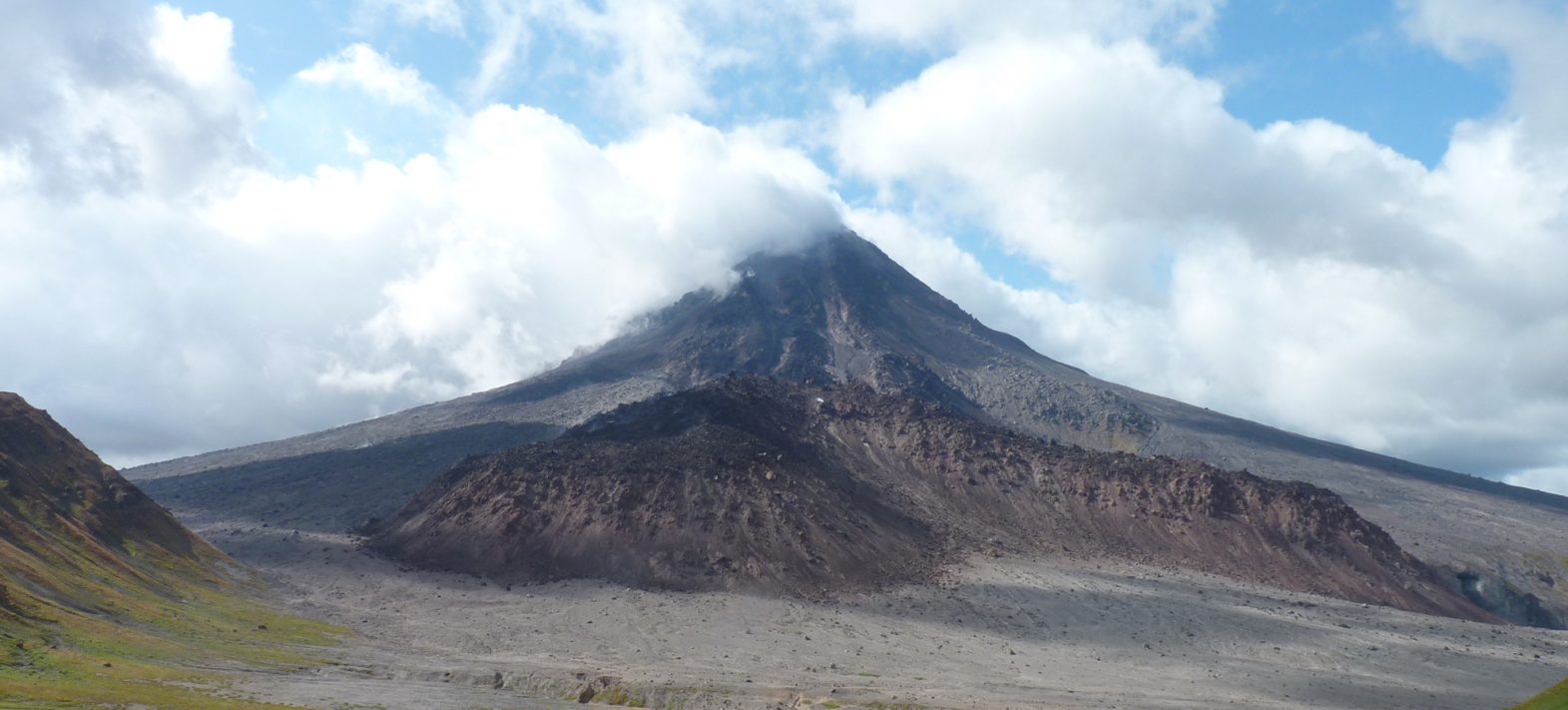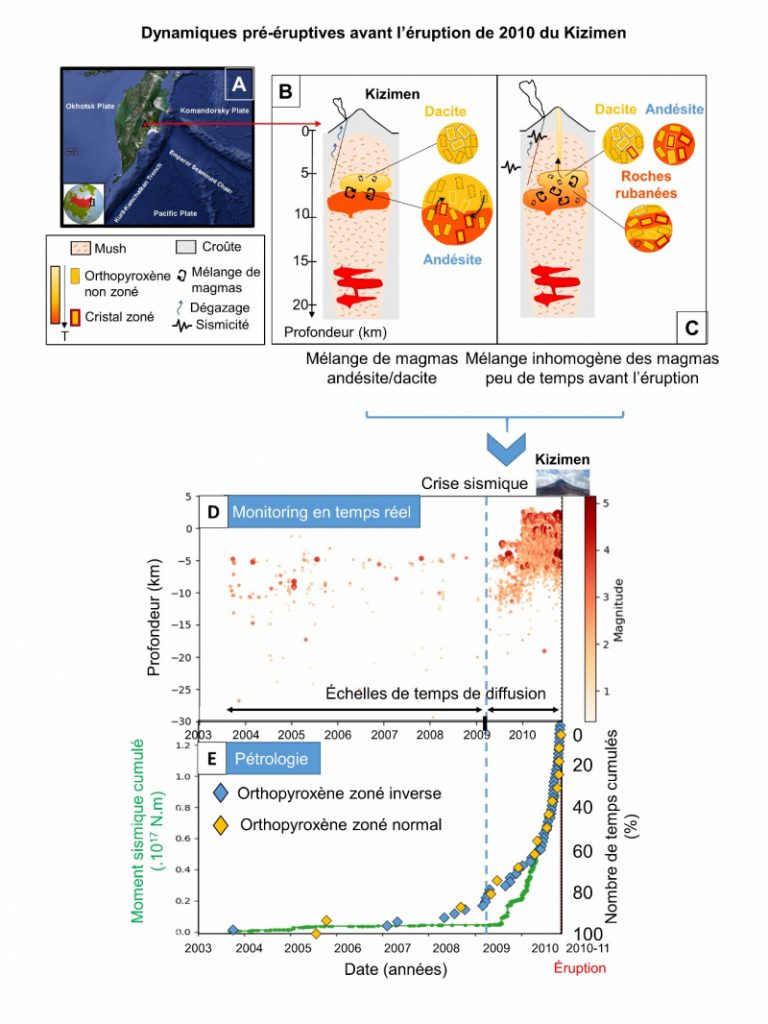New insights into the pre-eruptive dynamics of magma reservoirs

Picture of Kizimen volcano (Kamchatka, August 2019), showing the block and ash pyroclastic density currents deposits and the lava flow from the 2010-2013 eruption.
Publication date: 06/02/2023
Press, Research
Related teams :
Volcanic Systems
Related themes : Earth and Planetary Interiors, Natural Hazards








